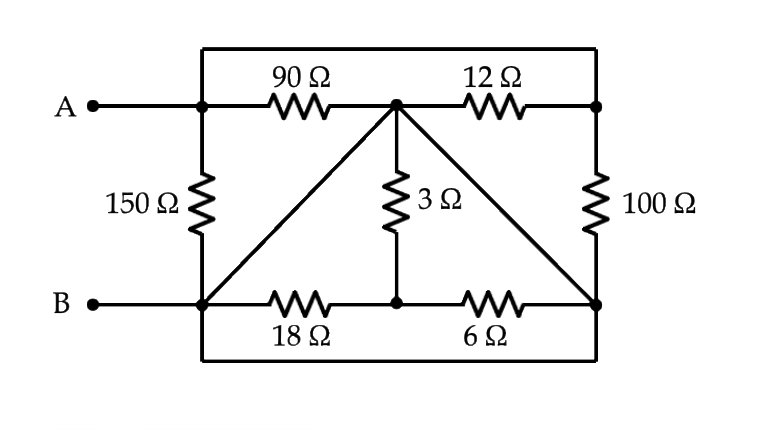I am studying this circuit:
and I tried to simplify it like so:
I'm confused since there is a wire atop A surrounding the "square" wire. I calculated its maximum resistance as 63.77 ohms. Any help especially how to simplify it is greatly appreciated.
Edit: Thank you for all the responses! It's quite clear that I still am confused about the topologies of series and parallel, can anyone recommend videos for it so I can understand is better?





